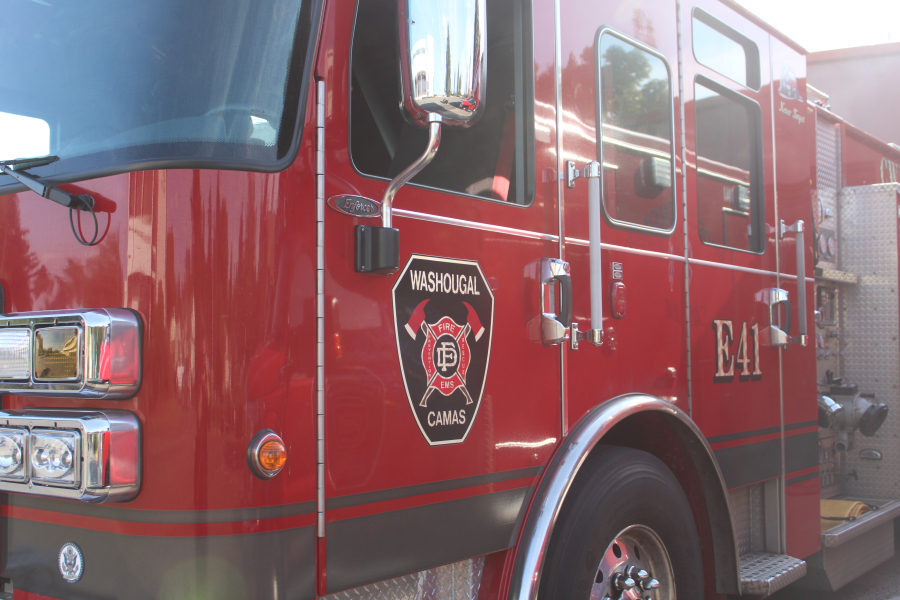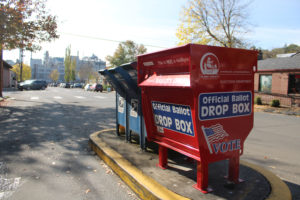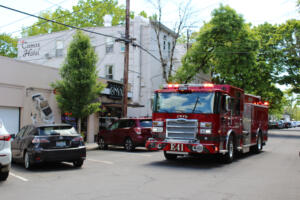A debate is brewing for the second time in as many years over increasing staffing levels at the Camas-Washougal Fire Department and determining who will pay for what — and how.
At the heart of the issue is a recent master plan drafted by independent consultants from Emergency Services Consulting International (ESCI), which called staffing levels at CWFD “excessively lean,” highlighted the fact that the fire department’s average response time is more than double the industry standard, and said the department was “challenged to meet the changing needs of the community in some aspects.”
Camas officials agreed to hire four firefighters and a fire marshal in 2019 to help the fire department reduce its overtime hours, shore up staffing shortages and begin to fix something known as “cross-staffing” — not having enough firefighters to take both an ambulance and fire engine to any one call — at Station 42 in west Camas.
This week, the Camas council members also discussed budgeting for an additional four firefighters in the 2021-22 budget and mulled over four funding options for the staffing additions, including dedicating the city’s 1-percent property tax limit proceeds to the CWFD positions; joining other Clark County cities that have implemented utility taxes to help pay for local services such as fire and police departments; pledging the Ground Emergency Medical Transportation (GEMT) funds, provided by the state to supplement publicly owned or operated GEMT providers to recoup costs not paid by Medicaid, to cover the four new firefighter positions; and using the fire department’s fund balance.
CWFD Fire Chief Nick Swinhart said Monday he estimates the first-year cost of hiring four new full-time firefighters would be about $500,000, with annual costs falling between $450,000 and $480,000.




